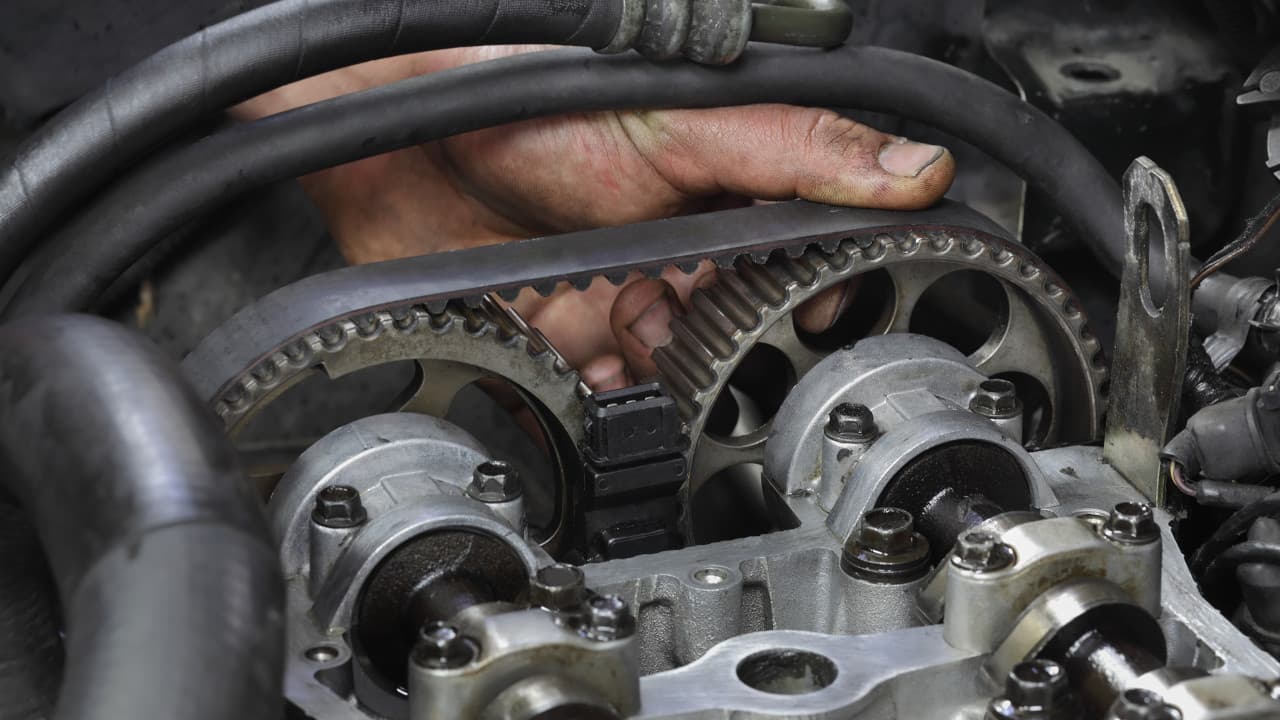- Arabic
- French
- Russian
- Spanish
- Portuguese
- Turkish
- Armenian
- English
- Albanian
- Amharic
- Azerbaijani
- Basque
- Belarusian
- Bengali
- Bosnian
- Bulgarian
- Catalan
- Cebuano
- Corsican
- Croatian
- Czech
- Danish
- Dutch
- Afrikaans
- Esperanto
- Estonian
- Finnish
- Frisian
- Galician
- Georgian
- German
- Greek
- Gujarati
- Haitian Creole
- hausa
- hawaiian
- Hebrew
- Hindi
- Miao
- Hungarian
- Icelandic
- igbo
- Indonesian
- irish
- Italian
- Japanese
- Javanese
- Kannada
- kazakh
- Khmer
- Rwandese
- Korean
- Kurdish
- Kyrgyz
- Lao
- Latin
- Latvian
- Lithuanian
- Luxembourgish
- Macedonian
- Malgashi
- Malay
- Malayalam
- Maltese
- Maori
- Marathi
- Mongolian
- Myanmar
- Nepali
- Norwegian
- Norwegian
- Occitan
- Pashto
- Persian
- Polish
- Punjabi
- Romanian
- Samoan
- Scottish Gaelic
- Serbian
- Sesotho
- Shona
- Sindhi
- Sinhala
- Slovak
- Slovenian
- Somali
- Sundanese
- Swahili
- Swedish
- Tagalog
- Tajik
- Tamil
- Tatar
- Telugu
- Thai
- Turkmen
- Ukrainian
- Urdu
- Uighur
- Uzbek
- Vietnamese
- Welsh
- Bantu
- Yiddish
- Yoruba
- Zulu
Jul . 23, 2024 14:55 Back to list
Understanding the Costs of Replacing an Alternator Belt and What to Expect
Understanding Alternator Belt Costs A Comprehensive Guide
When it comes to the maintenance of your vehicle, one component that often goes overlooked is the alternator belt. The alternator belt, also known as the serpentine belt, plays a crucial role in the functioning of your vehicle’s electrical system. It connects the alternator to the engine and ensures that the battery charges while the engine is running. Over time, wear and tear can lead to damage, resulting in the need for a replacement. This article explores the factors influencing alternator belt costs, as well as tips for maintenance and replacement.
Factors Influencing Alternator Belt Costs
1. Type of Vehicle The cost of an alternator belt can vary significantly depending on the make and model of the vehicle. For instance, luxury or high-performance vehicles often require specialized belts that are typically more expensive than those for standard vehicles. It’s crucial to consult the vehicle’s manual or a trusted mechanic to ensure you’re purchasing the correct part.
2. Quality of the Belt Alternator belts come in various qualities and materials. Aftermarket belts may be less expensive but could compromise on durability and performance. On the other hand, OEM (Original Equipment Manufacturer) belts, while pricier, are often manufactured to meet or exceed the standards set by your vehicle’s manufacturer. Investing in a high-quality belt can save you money in the long run by reducing the frequency of replacements.
3. Location of Purchase Prices can also vary based on where you purchase the alternator belt. Local auto parts stores may offer competitive pricing, but online retailers often provide more extensive options and potentially lower prices. When shopping for a belt, it’s pivotal to compare prices from different sources. Remember to factor in shipping costs if buying online.
4. Labor Costs If you decide to have a professional replace the alternator belt, labor costs will add to the overall expense. Mechanic fees can differ based on geographical location, the expertise of the mechanic, and the complexity of the job. Simple replacements may lead to lower labor charges, while more complicated jobs could result in significant labor costs.
alternator belt cost

Average Cost
On average, the cost of an alternator belt ranges from $25 to $75 for the part alone. However, when considering labor charges, the total replacement cost can fall between $100 and $250. It's advisable to obtain quotes from several mechanics to find the best price. Additionally, some automotive service centers offer package deals or coupons that can help offset costs.
Maintenance Tips
Maintaining the alternator belt is essential for ensuring optimal vehicle performance. Regular inspections can help identify wear and tear early on. Look for signs of cracks, fraying, or glazing on the belt surface. Additionally, listen for squealing noises during engine startup or while driving, as these may indicate that the belt is slipping or nearing its end of life.
To extend the life of your alternator belt, ensure that the belt tension is correctly adjusted. An improperly fitted belt can lead to excess wear and potential failure. It's also essential to follow your vehicle manufacturer’s recommended maintenance schedule for belt inspections and replacements.
Conclusion
In summary, understanding the factors that influence alternator belt costs can help you make informed decisions regarding your vehicle maintenance. By considering the type of vehicle, quality of the belt, location of purchase, and potential labor costs, you can better navigate the expenses associated with this vital component. Regular maintenance and inspection can further enhance the longevity of the belt, ensuring that your vehicle remains in optimal condition. Prioritizing these factors can ultimately save you time, money, and hassle down the road.
-
Upgrade Power Steering Pump Belt for Smooth, Quiet Operation
NewsAug.27,2025
-
Precision Timing Belt & Chain: Engine Performance & Durability
NewsAug.26,2025
-
Precision Lathe Drive Belts: Durable & Reliable Performance
NewsAug.25,2025
-
84.5 Serpentine Belt: Durable & Precision Fit for Your Engine
NewsAug.24,2025
-
Premium Ribbed Drive Belts for Quiet Power Transmission
NewsAug.23,2025
-
High-Performance Vehicle Timing Belt for Engine Precision
NewsAug.22,2025

